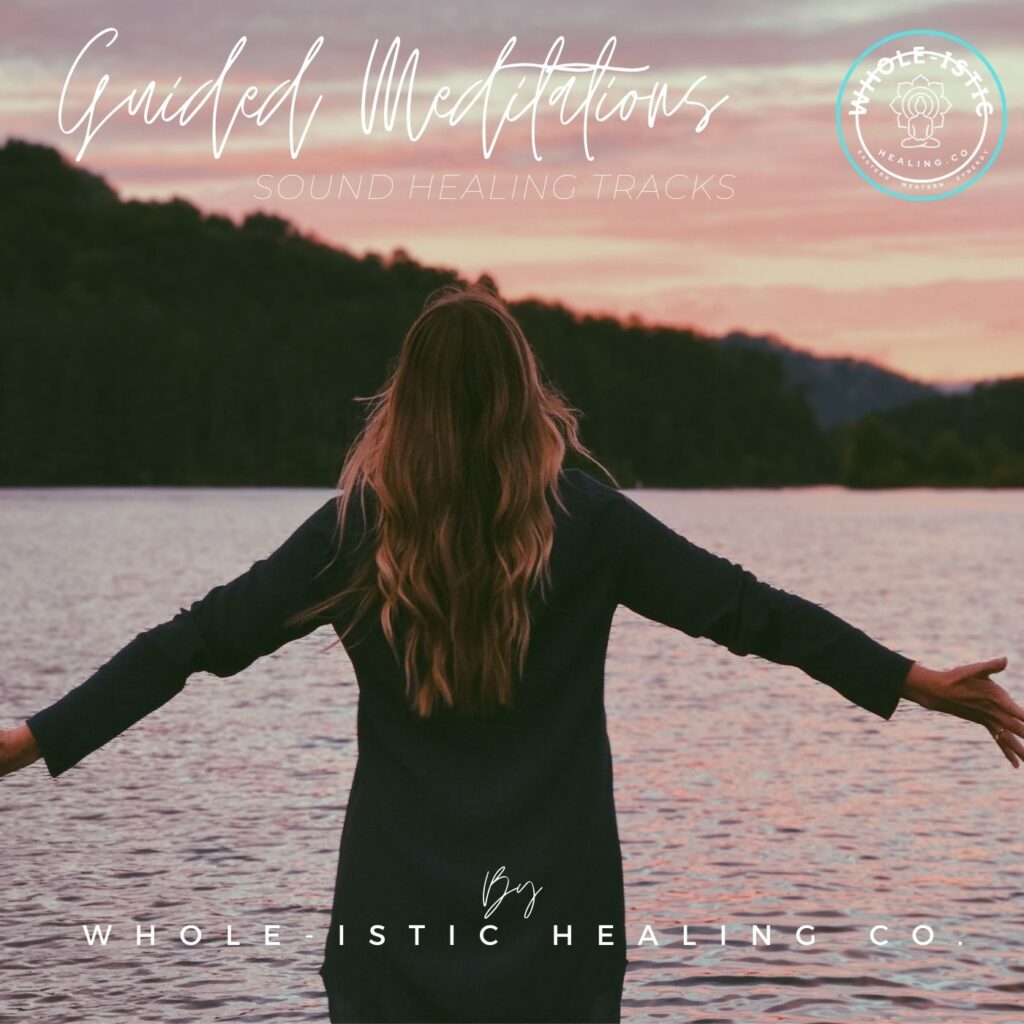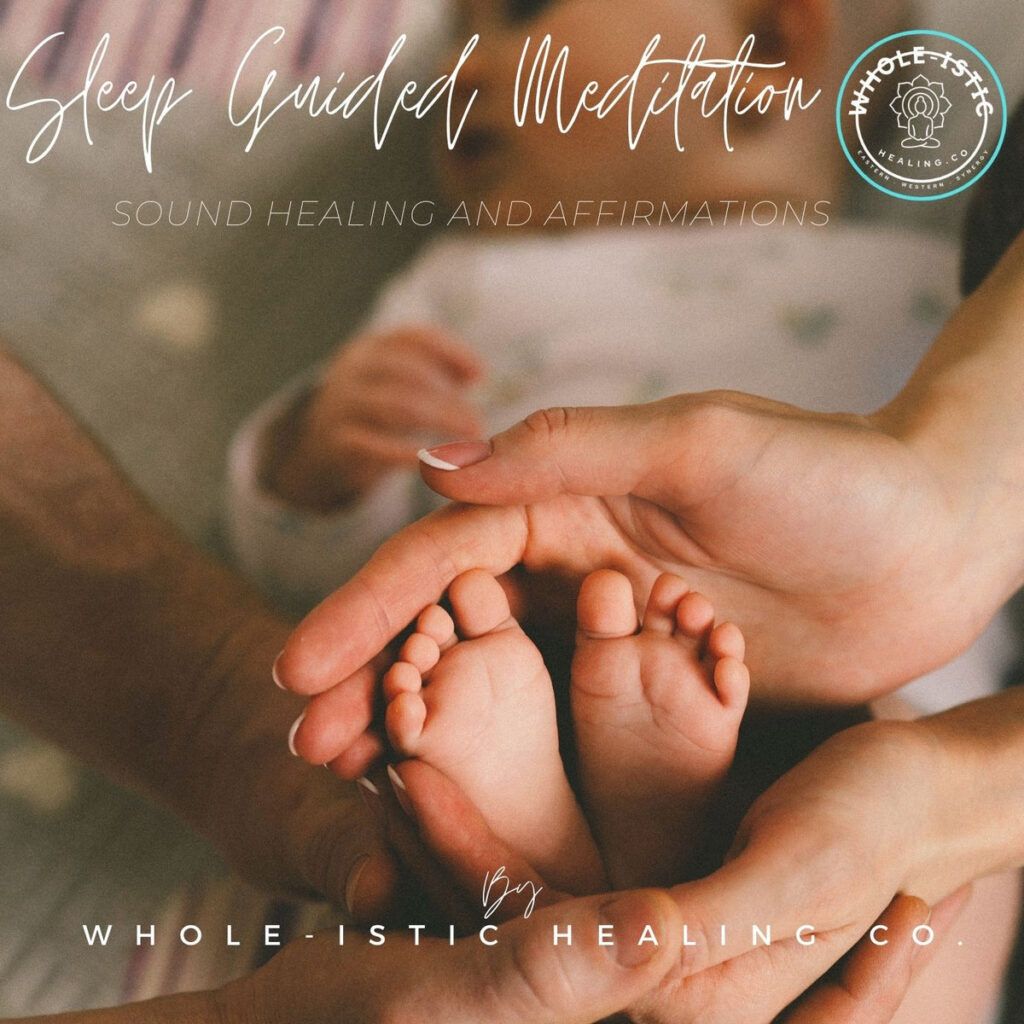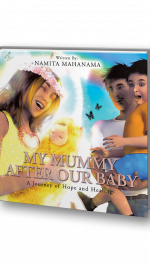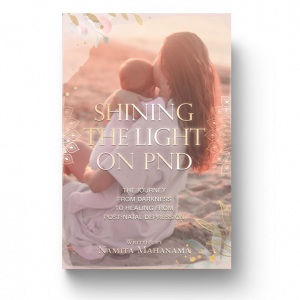THRIVE with Whole-istic Healing Co.
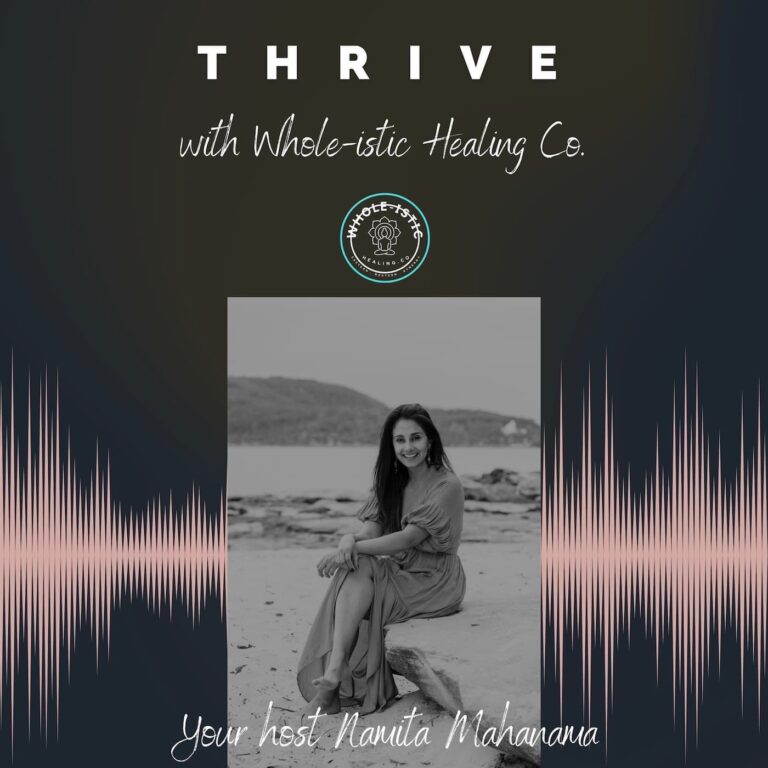
EPISODE 29 – EXERCISE
Exercise is a pivotal part and a positive strategy to have within your ‘tool-belt’ for benefits to both your physical and mental health.
From the outset, I want to reiterate that when I speak of exercise, it is NOT from the space of;
- encouraging weight loss (though appreciate the impact of markers such as BGL and lipids that reduced weight can impart on the system if there is weight to lose)
- or harsh criticism towards our body, punishment for what we eat, to ‘work off’ calories to enjoy them, not from a space of having to ‘earn’ treats…
The energy of the above feels restrictive and limiting and I speak into this ENERGY behind exercise. (7.04)
Whereas the benefits for me as to what exercise can bring feel;
+ expansive
+ life giving
+ energy building.
I want this strategy to be coming from a PRANA (life-force energy) enhancing space, to utilise the bounty of our body and all the amazing things that it can do, in order to maximise how it operates and feels.
I want it to come from the space of GRATITUDE and UNCONDITIONAL LOVE for the vessel that we have.
(1.40) It is the ‘E’ part of my ‘ARMER Technique’ (episode 28)
(12.53) WHY is exercise important?
+ Enhanced endorphins that assist in stress and pain relief (we have around 20 different ones in our body!)
+ Enhanced serotonin, which is a chemical required for mood, sleep, digestion, nausea, wound healing, sexual desire and more!
A study by the Harvard T.H Chan School of Public Health, found that running for 15 minutes a day or walking for an hour reduces the risk of major depression by 26%, which is incredible! (helpguide.org)
+ Enhanced oxygenated blood throughout the body; more energy and vitality
+ Enhanced muscle and bone strength (reduced risk of osteoporosis, arthritis)
+ Enhanced flexibility and balance (reduced risk of falls)
+ Optimum health outcomes; boosts HDL the ‘good cholesterol’, lowers triglycerides; overall improved cardiovascular health
+ Improves the quality of sleep (however ideally not completed within 90 minutes of sleep as per sleep hygiene tips)
+ Group exercise can improve socialising to bring fun and connection into your life!
(17.23) What is the AMOUNT we should exercise?
The Australian Government Department of Health recommendations or guidelines for 18-64 year olds state;
+ Be active on most, preferably all days of the week
+ Accumulate 150-300 minutes (2.5-5 hours) of moderate intensity physical activity or 75-150 minutes (1.25 to 2.5 hours) of vigorous activity each week
+ Do muscle strength resistance training on at least 2 days per week
There are different guidelines for over the 65 age group; the following links you can access the full set of guidelines with different age groups and specific recommendations:
(20.35) What are the considerations during PREGNANCY and POSTPARTUM when exercising?
Visit for the most recent health recommendations pertaining to this topic:
+ https://www.healthdirect.gov.au/amp/article/exercise-and-mental-health
+ https://www.healthdirect.gov.au/amp/article/exercise-and-mental-health
The benefits of staying active during pregnancy have a plethora of benefits from this above link;
- Preparing for labour and recovery
- Lower risk of gestational diabetes
- Less back and pelvic pain
- Lower risk of incontinence
- Better mental health, increasing a lower risk of postnatal depression
Safety points to consider in pregnancy and postpartum;
+ higher risk of falling; take care with balance and what exactly you are doing
+ anything requiring heavy lifting (lower back issues, pelvic floor and strain in the core region)
+ anything placing significant change in pressure (scuba diving or sky diving) should be considered
+ gives you any pain or discomfort; then stop immediately
It is IMPORTANT to;
+ stay hydrated
+ avoid exercising in hot weather, extreme humidity can make you sweat more and become dehydrated
+ avoid standing still or lying down for long periods
+ care in excess altitude; above 2000m
+ wear supportive shoes, non-restrictive clothing and a supportive bra!
I also believe that seeing a Women’s Health Physiotherapist is SO important to cater for our changing bodies during pregnancy and post-birth (our pelvic floor, supporting our lower back, our core). Our GP, OB, midwife are also excellent resources. Online practitioners such as ‘’Pregnancy with Physio Laura’’ have a wealth of resources to view.
(32.30) What if I haven’t exercised before?
(35.41) Exercise from an Ayurvedic perspective; different styles according to the VIKRUTI, as well as the PRAKRUTI
(41.34) Time of day to exercise from an Ayurvedic perspective, as well as with relevance to sleep hygiene strategies
(44.16) Concept of BURNOUT and the considerations to think of when thinking of exercise
(51.13) Breastfeeding and exercise
Check out this site for information: https://www.breastfeeding.asn.au/resources/exercise-and-breastfeeding
According to the Australian Breastfeeding Association, moderate exercise won’t affect;
-breastmilk supply
-levels of lactic acid
-important immune factors
-major nutrients, energy density, or major minerals
Intense exercise can increase lactic acid, but there is no evidence to suggest that breastmilk with an increased level of lactic acid will harm your baby.
(53.22) The important thing to note is to maintain adequate hydration; the risk of dehydration when breastfeeding when exercising is important; especially in hot and humid weather.
The recommendation whilst feeding (Raising Children Network) is 10 cups of water a day, but increases with humidity/hot days, as well as exercising.
Tips can include;
+ Look at your urine to determine if you’re getting enough fluids;
-it should be pale yellow; not dark urine which means that you need more water
+ Look at your milk production, is it changing?
+ Look at how you feel; postural/orthostatic hypotension (dizzy upon standing or rising?)
+ This is a helpful link about water intake;
https://www.betterhealth.vic.gov.au/health/healthyliving/water-a-vital-nutrient
(55.23) What are examples of LOW impact exercise?
(57.00) What is RESISTANCE training and WHY is it important?
(59.25) What are practical ways to incorporate exercise into life with kids?
(1.04) How can I enhance MOTIVATION?
+ set out clothes the night before
+ set routine may help; nut it out anyway despite what comes your way!
+ or be flexible if you’ve had a rough night; trudging through if you’re tired may predispose you to injury or a fall…so be kind to yourself and do it later in the day
+ rewards; say at the end of the week, or after reaching a particular goal…it is going to hit that reward centre and give you a DOPAMINE boost that will encourage you to keep reaching and moving forward!
+ mission Statement; a commitment statement to keep you accountable
+ get a PT if your budget allows for it?
+ have an outfit you want to wear as your motivation…it could be for your children, your health, to feel more comfortable and confident in your skin, for yourself…whatever it is; let it be sourced from something LONG lasting and a genuine reason that means something to YOU
+ look into your WHY, the energy behind it and forge forward
(1.06) Motivation when in the thick of depression and anxiety?
I would call into your tribe here, to best support you with exercise. Do it together! Make it fun, chat, listen to beautiful music, a podcast…if you can go alone if that would also bring you peace of mind, then ask your partner to be with the kids and go!
(1.09) Practice mindfulness as you walk; to help calm anxiety and act as a grounding and connective time in nature or with your body.
How?
Pay attention to your 5 senses; what can you SEE, FEEL, HEAR, SMELL and TASTE?
Feel the soles of your feet touching the ground with each step.
Listen and feel into your breathing; is it shallow, or fast, slow or deep?
Ask your soul to speak to you and to listen to what is being said.
Other things here to make it easier to take that literal first step include;
+ Set out the outfit the night before
+ Wear active wear throughout the day so that you are READY whenever you can incidentally exercise!
+ Plan the day as best you can with getting someone to help ‘cover’ you whilst you exercise, someone to go with you/to take you, do it with you
+ Give yourself a reward for doing it; celebrate the little wins!
+ Consistency. A little bit each day is so helpful and it ALL adds up!
It can take up to 66 days to establish a new habit; so slow and steady wins the race!
The more you do, the better you will feel, and the more you will be able to do more! Funny how it works!
xxx
Namita

